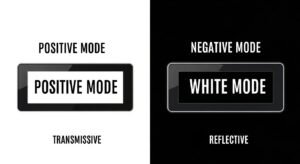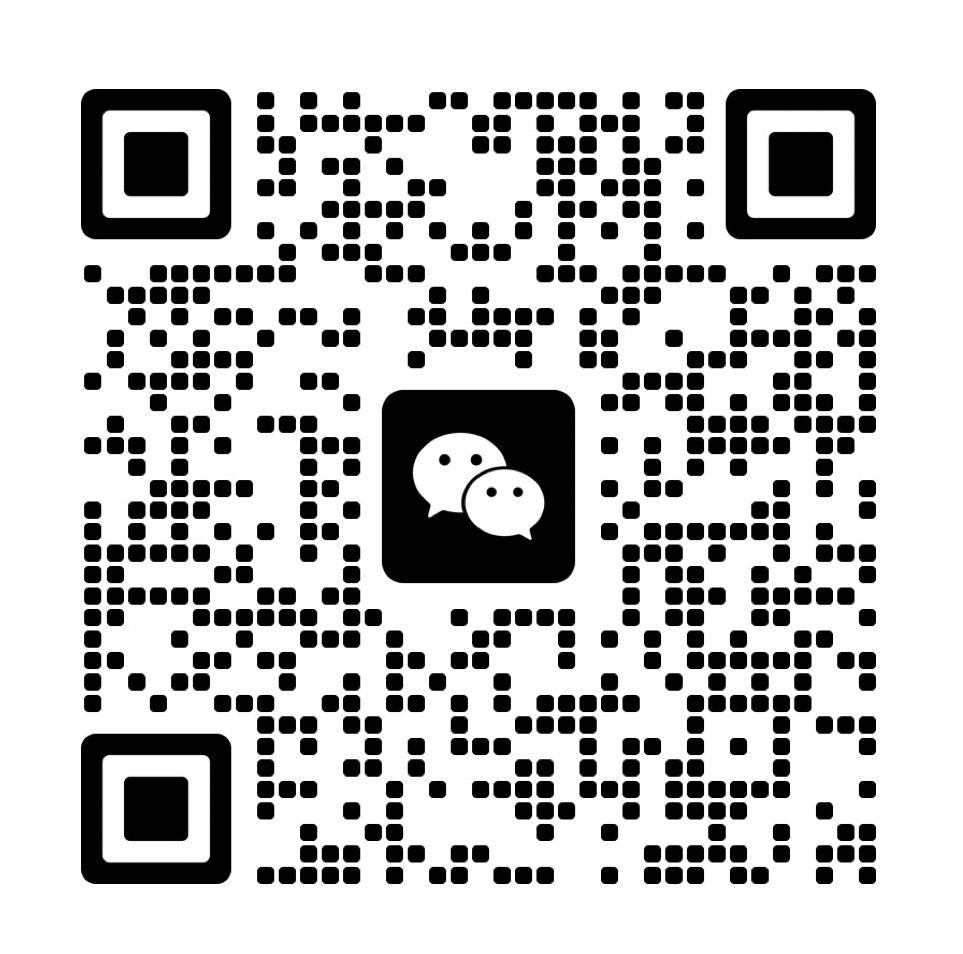
Liquid Crystal Displays (LCDs) are the most widely used display technology, with applications spanning TVs, mobile phones, automotive systems, smart homes, and industrial meters, among many others. However, like any technology, LCD screen display problems can arise for several reasons during daily use and over time. When your display acts up, understanding the cause and knowing how to fix it is crucial. This article dives into common LCD display problems, offering practical diagnostic and repair advice.
Why Do LCD Screen Display Problems Occur?
LCD screen display problems typically stem from a combination of factors, not just a single cause. Understanding these potential origins can help you better diagnose and prevent issues.
Environmental Conditions: Temperature and humidity are key environmental factors affecting LCD display lifespan and performance. Extreme temperatures (both hot and cold) and high humidity can damage the LCD panel‘s internal structure, leading to display anomalies. Prolonged cyclic loading (e.g., repeated temperature fluctuations) can also accelerate component aging.
Handling Conditions: Improper use and handling are common culprits behind LCD display problems. This includes:
Bending: Applying improper bending force to the screen can cause internal cracks within the LCD panel or loosen connections.
Repetitive Shock and Drop Loading: Drops or repeated physical impacts are leading causes of LCD screen damage and internal injuries, such as LCD leaking, LCD pressure damage, LCD pressure marks, LCD pressure spots, or LCD bruising. These physical traumas can leave white marks on LCD screen or LCD bright spots.
Manufacturing Process Defects: While modern LCD manufacturing techniques are highly mature, in rare instances, production flaws might still exist. However, with industry advancements, display issues caused by such defects are becoming increasingly uncommon(What are mura defects in LCDs?).
Common LCD failures include decreased screen contrast, non-functioning pixels (dead pixels or LCD bright spots), broken glass, and even LCD leaking. Different types of LCD display problems require specific repair methods, and sometimes, the cost of repair might not be worthwhile.
Common LCD Display Problems and How to Fix Them

Broken Glass
If you accidentally drop your LCD and find its surface glass is broken but the display still works, it often means only the touch panel is damaged. You can try finding a repair shop or watching online videos to replace the touch panel yourself. However, if the display shows nothing, especially if you see fluid seeping out (a sign of LCD leaking), you’ll need to replace the entire display module. LCD leaking indicates severe physical damage to the LCD panel, which is usually beyond repair.
Dim LCD Display
An LCD can’t emit light on its own; it relies on a backlight. If your LCD display is dim, first check your display settings to see if you can increase the LED backlight brightness. If the backlight is already at maximum but the screen remains dark, it’s possible the LED backlight module has reached its end of life (not bright enough). In this case, to fix LCD screen brightness, you’ll need to consider replacing the backlight. For some displays, this is an easy job, but for others, depending on the manufacturing process, it can be quite difficult. A dim screen can also be an indicator that your LCD display lifespan is nearing its end(How to Make Embedded LCD Brighter?).
Image Sticking / Ghosting / LCD Screen Retention / LCD Burning / LCD Screen Burn-in

Sometimes, you’ll notice a faint remnant of a previous image lingering in the background even after new content appears. This is called image sticking or ghosting, and is sometimes mistakenly referred to as LCD burning or LCD screen burn-in. Unlike OLED displays, LCDs typically don’t suffer from permanent LCD pixel burn or true screen burn-in. This type of issue usually doesn’t require professional repair; simply shutting off the display overnight often makes the problem disappear. Remember to avoid displaying static images for prolonged periods to prevent LCD screen retention. If the problem persists, you can try running pixel refresh programs or displaying a full white screen for some time.
Display Completely Dead
If your LCD screen display problem involves the display (including the backlight) being completely dead, this is rare with modern manufacturing and design. Most often, it’s simply a lack of power. Check if the battery is dead, if the adapter (power supply) has failed, or even if the plug is firmly inserted or if you’re using the wrong power supply. In 99% of cases, checking the power connection will bring the display back on.
White Screen (LCD Has White Screen)
If your LCD has a white screen, it means the backlight is working fine (the entire screen is lit, but there’s no image). The most common cause is a signal input issue. Simply check your signal cable connections or try a different input source. Additionally, if the LCD controller is totally damaged by ESD or excess heat, or if the connection has failed, it can result in a white screen and will require professional repair.
Blur Images
LCD images are made of RGB pixels and shouldn’t appear blurry like old CRT displays. If you do see blurry images, there might be two reasons:
Response Time: Older LCD displays might have a slower response time. If you’re playing games or watching fast-action movies, this can lead to image delays or slight motion blur. This is an inherent characteristic of the display(What is touch response time and why is it important for LCD touchscreens?).
Surface Damage: The surface of the LCD is typically made of a plastic film with a maximum hardness of 3H. If you clean the surface often or use the wrong detergent or solvent, it can cause surface damage, creating permanent blurry patches (similar to LCD pressure marks or white marks on LCD screen). To fix damage on LED screen surfaces like this, professional replacement is often needed.
LCD Display Lifespan and Maintenance

Understanding LCD display lifespan and how to properly maintain your display can help prolong its service life and prevent many common LCD panel problems.
Avoid Physical Pressure: Try to avoid applying LCD pressure to the screen, especially when handling or cleaning it. Constant pressure can lead to LCD pressure marks, LCD pressure spots, or LCD bruising, and in severe cases, even LCD leaking.
Proper Cleaning: Use a soft, microfiber cloth to gently wipe the screen, along with a cleaner specifically designed for electronics. Avoid using harsh chemical cleaners containing alcohol, ammonia, or acetone, as these can damage the screen’s anti-glare coating, resulting in white marks on LCD screen or blurriness.
Avoid Prolonged Static Images: Use screen savers or turn off your display periodically to prevent image retention or LCD burning effects.
Mind Environmental Temperatures: Avoid exposing your LCD display to extreme hot or cold environments for extended periods, as this affects internal components and the LCD display lifespan.
Understand the “Ripple Effect” (LCD Ripple Effect): The “water ripple” visual distortion you see when lightly pressing an LCD screen is a normal optical phenomenon caused by the temporary displacement of liquid crystal molecules. This usually isn’t damaging, but avoid excessive force when cleaning or touching, as extreme pressure can cause permanent LCD spot damage.
How to Determine if an Issue is Repairable
Many LCD screen display problems can be resolved yourself or improved with simple setting adjustments. For instance, image sticking often clears up after resting the display, and a white screen due to a signal issue might just need a cable check. However, for issues like broken glass, LCD leaking, severe LCD pressure damage, or permanent bright spots/white spots (where the panel structure itself is damaged rather than just a pixel), replacing the entire LCD panel or seeking professional repair is usually necessary. When deciding whether to repair, weigh the repair cost against the cost of a new display. Sometimes, for older or less expensive devices, repair might not be cost-effective.
Conclusion
LCD displays can encounter various issues during daily use, from common image retention to more serious problems like LCD leaking or physical damage. By understanding the causes of these issues (such as environmental factors, improper handling, or aging) and knowing the corresponding diagnostic and repair techniques, users can more effectively troubleshoot problems and extend the LCD display lifespan of their devices. Remember, prevention is key; proper cleaning and usage habits are vital for keeping your LCD screen in good condition.
Related Articles:
Which LCD Display Module is Best for Industrial Applications?
What Limits LCD Resolution and Aspect Ratio Customization?
What’s the Key Difference Between DVI-I and DVI-D Connectors?
What is Automatic Brightness Limiter (ABL) in OLED Screens?
Why Do Automotive Displays Require Specialized Interface Protocols?
FAQ
How Can I Safely Clean My LCD Screen to Avoid Damage?
Use a microfiber cloth with water or a screen-safe cleaner. Avoid harsh solvents like alcohol to prevent damaging the anti-glare coating.
Is It Normal for an LCD to Have Slight Light Leakage at the Edges?
Minor light leakage at screen edges is normal for LCDs. Excessive leakage may indicate a manufacturing defect requiring professional inspection.
How Long Should an LCD Screen Last Before Issues Appear?
Consumer LCDs typically last 30,000–60,000 hours (about 10 years). Proper care, like moderate brightness, extends lifespan significantly.
Can a Swollen Battery Cause LCD Issues Beyond Bruising?
Yes, a swollen battery can press on the LCD, causing spots or misalignment. Replace the battery immediately to prevent further damage.
Is LCD image retention the same as burn-in seen on OLED?
No, LCD image retention is usually temporary and fades over time, unlike OLED burn-in which is often permanent.







